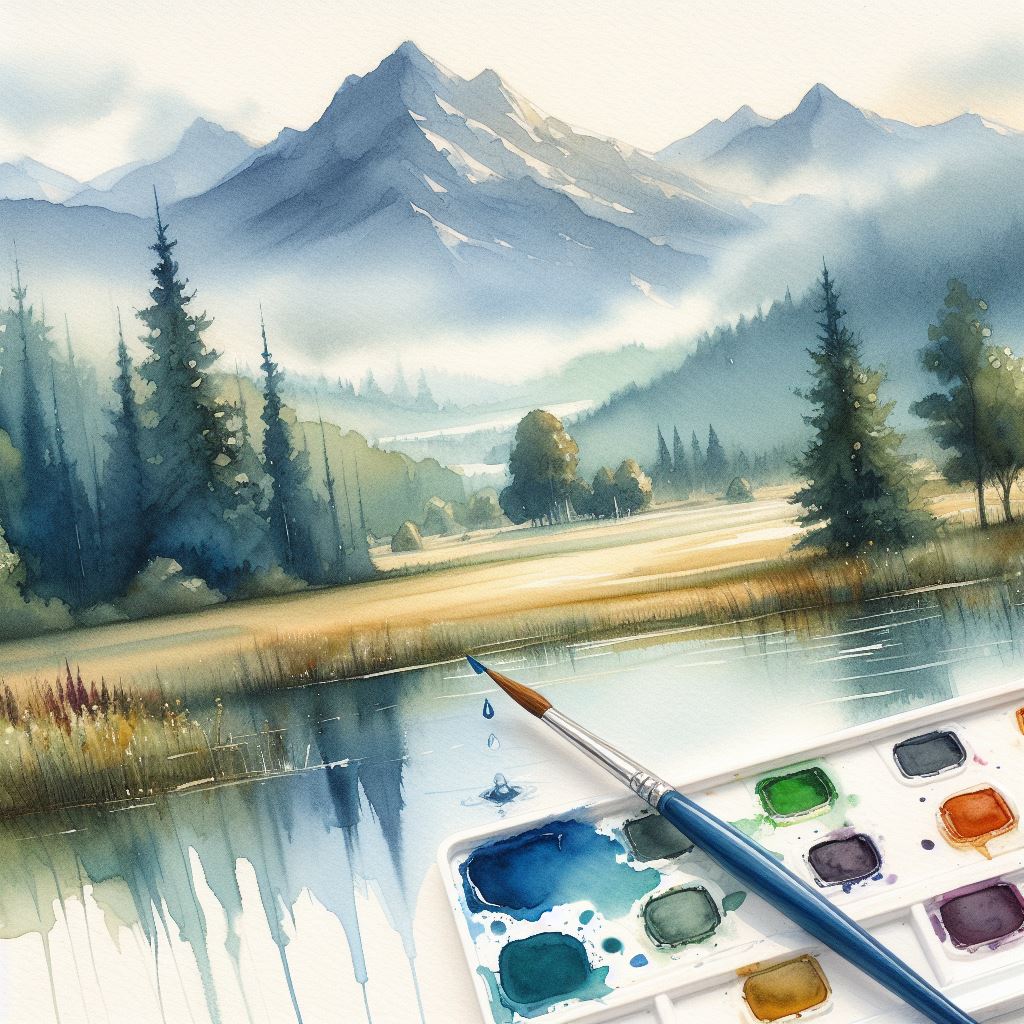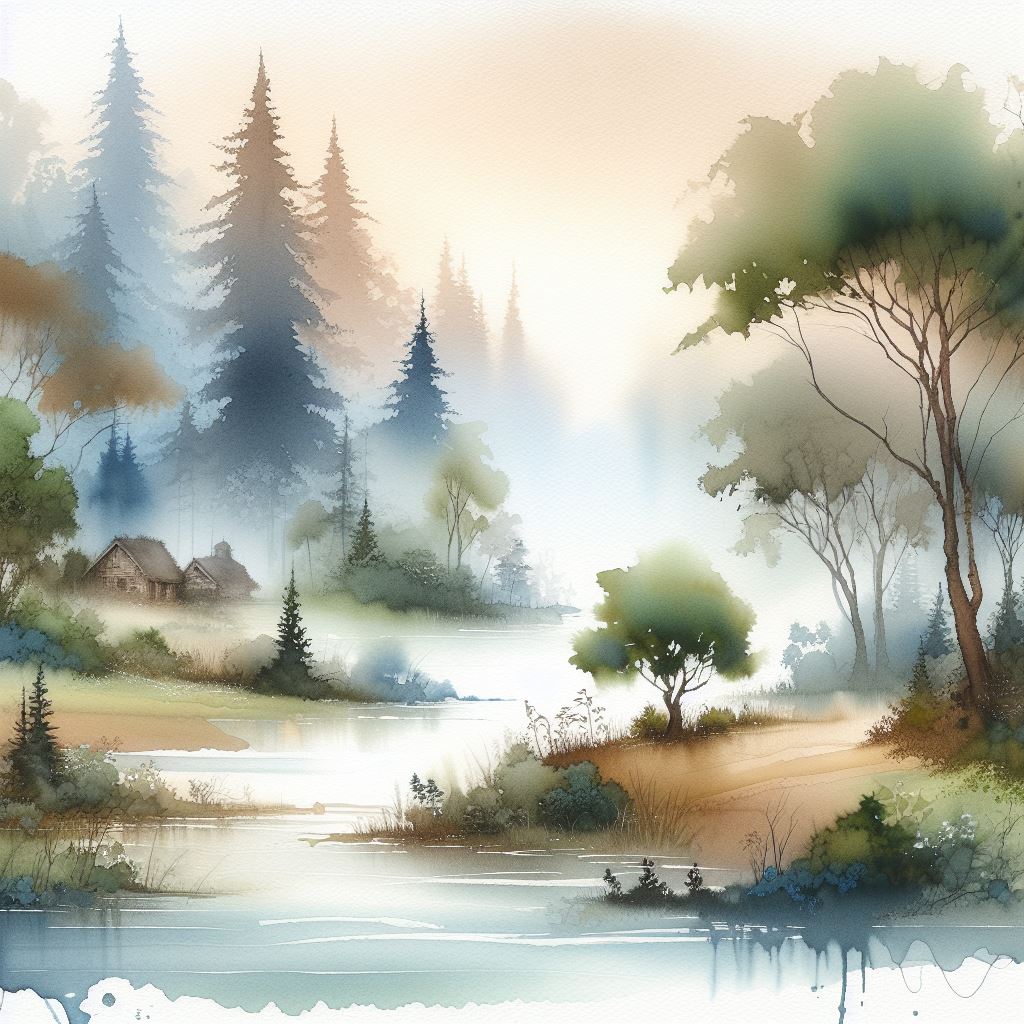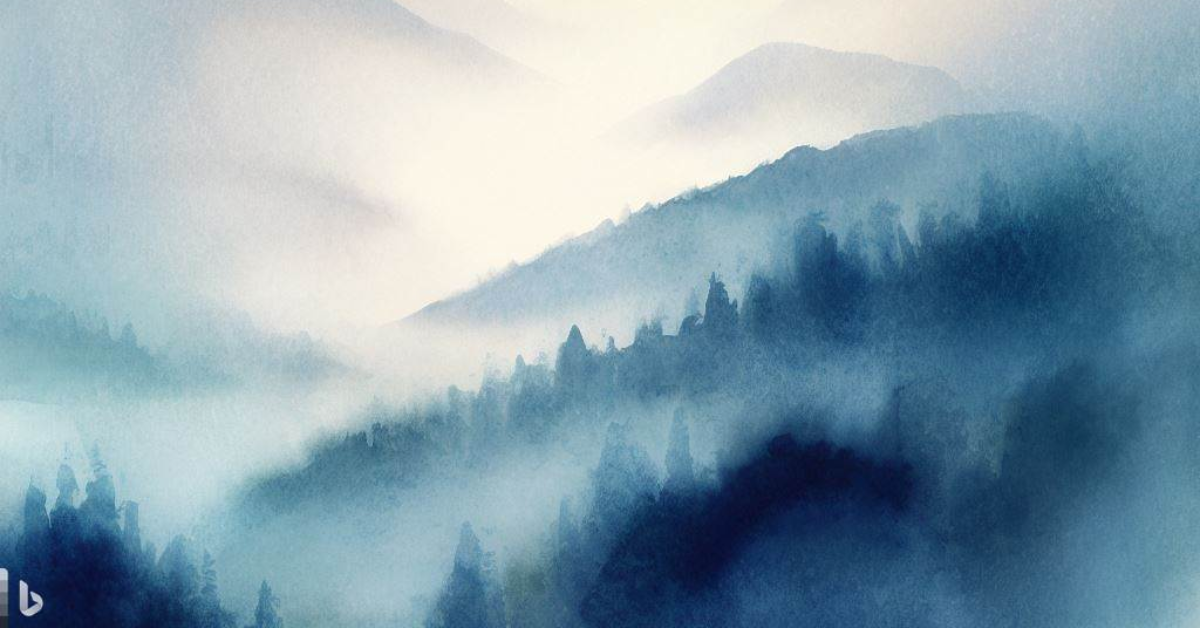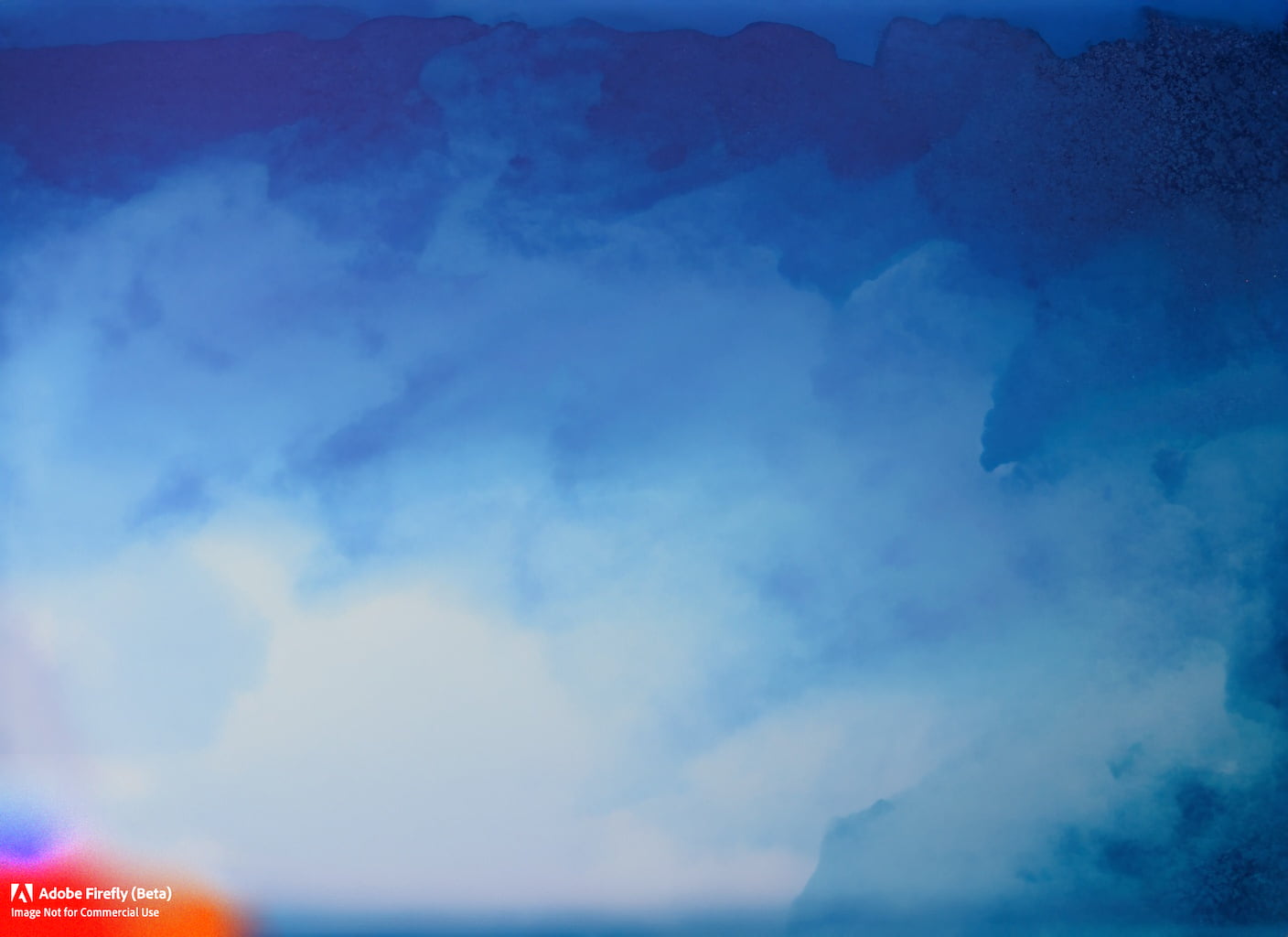Let’s banish the watercolor blues and embrace washes that shimmer with clarity, shall we? Because who wants their canvas to resemble a swamp rather than a sun-dappled meadow, right? So, grab your brushes and buckle up, for I’m about to share the secrets to how to avoid muddy watercolor washes and paint like a pro!
How Water and Pigment Interact
It’s important to understand how water and pigment interact on paper to avoid mud. When water hits dry pigment, it causes the particles to spread out across the surface uncontrolled. Too much water means less color intensity and loss of definition. However, you can direct how colours blend with careful layering and control of the water-to-pigment ratio.
The key is to start with less is more when it comes to water. Load your brush with pigment and apply it to dry paper, allowing it to deposit color. Then add water drop by drop to the edges to control the spread. You can also partially wet the paper first before layering on pigment for a softer blend.

As you add layers, be sure each layer is dry before adding the next. This allows you to build up color gradually without muddying or overworking the paint. Always taper the edges of washes for a soft blend rather than abrupt lines. Leaving a little white of the paper also helps colors remain vibrant.
Examples of Clean Washes
The following techniques will help you create beautiful, well-defined washes with clean edges and bold color:
- Wet-on-wet layering: Partially wet the paper before adding pigment for soft blended edges. Continue layering while the paper is still damp.
- Graded washes: Apply pigment heavily in one area, thinning it out gradually towards the edges for a subtle transition.
- Salt technique: Sprinkle salt onto a wet wash before it dries to create a textured effect once dry. Lift off the salt crystals for soft diffuse edges.
- Reserve technique: Leave areas of the paper white as a reserve before applying color around it for sharply defined shapes.
- Dry brushing: Use a slightly damp brush to stroke pigment across dry paper for a diluted, airy effect.
Try experimenting with these different techniques to see which gives you the level of control needed to avoid muddy washes. The key is to work in layers and introduce water slowly to the pigment on the paper.
As an example, here is a landscape created using graded washes and the wet-on-wet method around trees and foliage for soft blends:

Tips on How to Avoid Watercolor Muddy Washes
To summarize some best practices for keeping washes clean:
- Start with less water and add it slowly to pigment on the paper
- Allow each layer to dry before adding the next
- Taper wash edges for a soft blend rather than hard lines
- Leave some areas of white paper showing brightness
- Experiment with different layering techniques like graded washes
- Work in sections to maintain control as you build up the painting
Following these tips will help give you the pigment-to-water ratio knowledge and layering skills needed to achieve beautiful, clear washes every time.
Have You Mastered Mud-Free Washes Yet?
With practice applying the concepts around water control, layering techniques, and color intensity, you’ll be well on your way to saying goodbye to muddy washes for good. Be patient, experiment boldly, and don’t be afraid to let some white paper show through. Always start with less water and build up colors gradually through layers.
Video Tutorial: Tips to Avoid Muddy Washes!
By understanding how pigment and water interact on paper, you have the secrets to consistently creating bright, beautifully blended washes with crisp edges. Soon clean, well-defined color will become second nature. Keep practising and you’ll be a watercolor wash master in no time.
For those seeking advanced mud-busting techniques, consider exploring granulating pigments, staining pigments, and color mixing strategies. You can also delve into wet-in-wet granulation and explore masking fluids for extra control. The possibilities are endless!
Remember, the journey to vibrant washes is full of joy and discovery. Embrace the learning, celebrate every experiment, and watch your watercolor confidence bloom!

